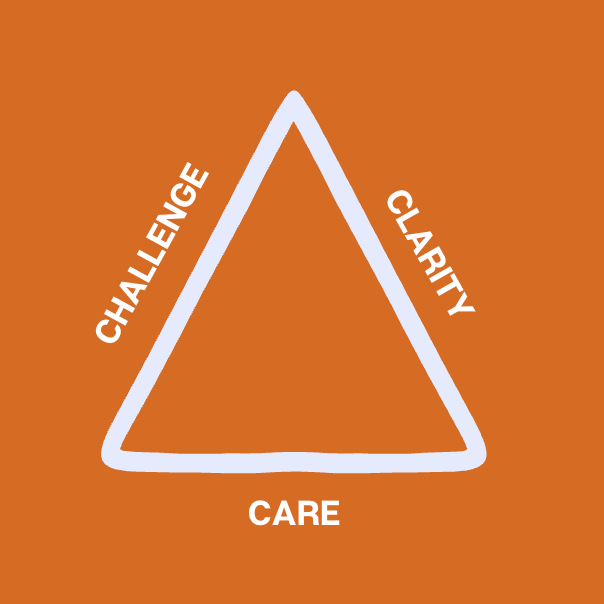Article by Andreas Pawelke, Basma Albanna and Damiano Cerrone: “Cities around the world face urgent challenges — from climate change impacts to rapid urbanization and infrastructure strain. Municipal leaders struggle with limited budgets, competing priorities, and pressure to show quick results, making traditional approaches to urban transformation increasingly difficult to implement.
Every city, however, has hidden success stories — neighborhoods, initiatives, or communities that are achieving remarkable results despite facing similar challenges as their peers.
These “positive deviants” often remain unrecognized and underutilized, yet they contain the seeds of solutions that are already adapted to local contexts and constraints.
Data-Powered Positive Deviance (DPPD) combines urban data, advanced analytics, and community engagement to systematically uncover these bright spots and amplify their impact. This new approach offers a pathway to urban transformation that is not only evidence-based but also cost-effective and deeply rooted in local realities.
DPPD is particularly valuable in resource-constrained environments, where expensive external solutions often fail to take hold. By starting with what’s already working, cities can make strategic investments that build on existing strengths rather than starting from scratch. Leveraging AI tools that improve community engagement, the approach becomes even more powerful — enabling cities to envision potential futures, and engage citizens in meaningful co-creation…(More)”


